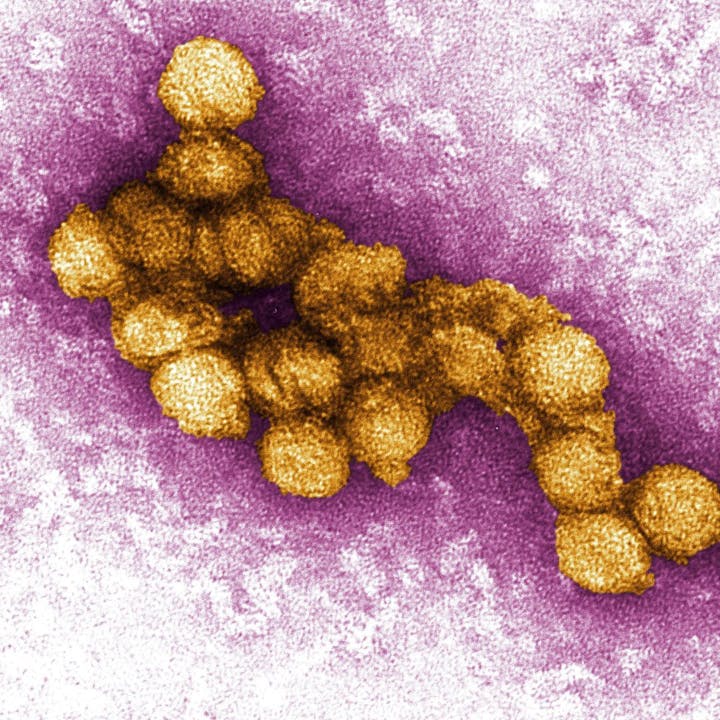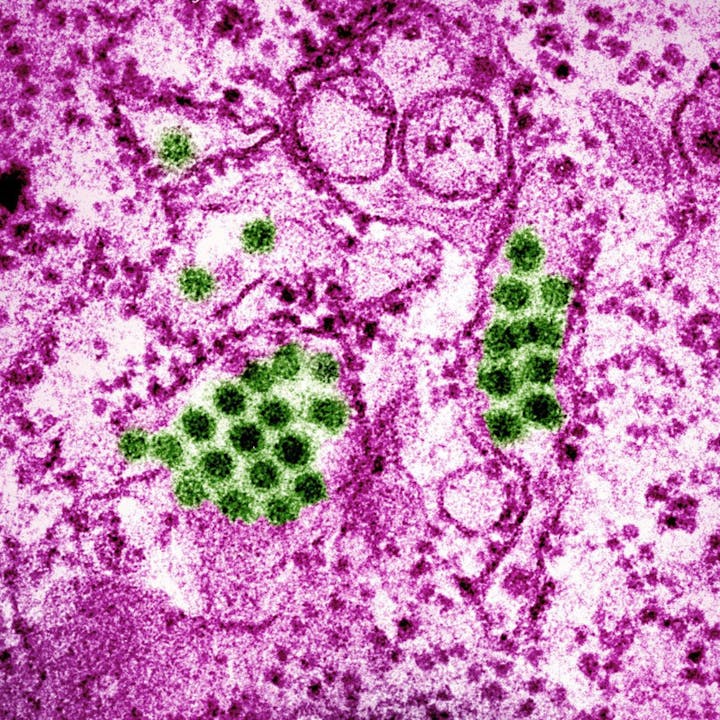Vector-borne Disease
What is a Vector-Borne Disease?
Vector-borne diseases are infections transmitted to humans and animals through blood-feeding arthropods like mosquitoes, ticks, and fleas. Common examples include Dengue fever, West Nile Virus, Zika, and typhus.
.jpg?ixlib=rb-1.1.0&w=2000&h=2000&fit=max&or=0&s=43412b0b9a2127e5a0a40f41f3f618a8)
In Los Angeles County, West Nile virus (WNV) remains the most significant vector-borne disease threat. As an endemic virus in California, it resurfaces annually and spreads once it reaches the human population.
Tropical diseases, such as dengue fever, are traditionally linked to international travel to regions where these diseases are endemic. However, with the establishment of Aedes Mosquitoes (Ankle Biters)—the primary carrier of dengue—in California, local transmission is now a growing concern. The Los Angeles County Department of Public Health confirmed 14 locally acquired dengue cases in 2024.
This is why vector control urges residents to take action: TIP out stagnant water, TOSS unused containers that can collect water, and PROTECT yourself with mosquito repellent. Community participation, alongside vector control efforts, is essential to lowering mosquito populations and protecting against vector-borne diseases.







